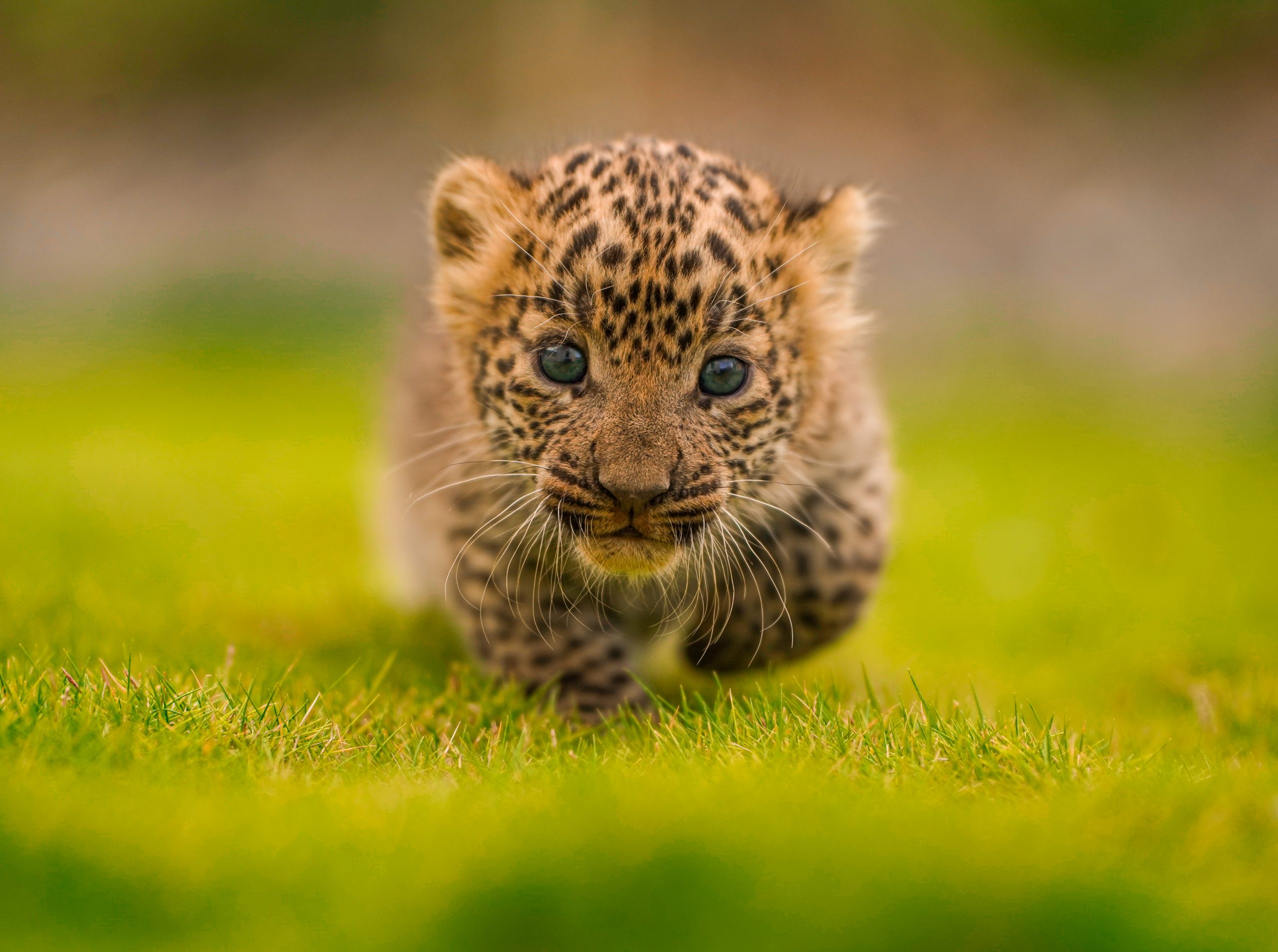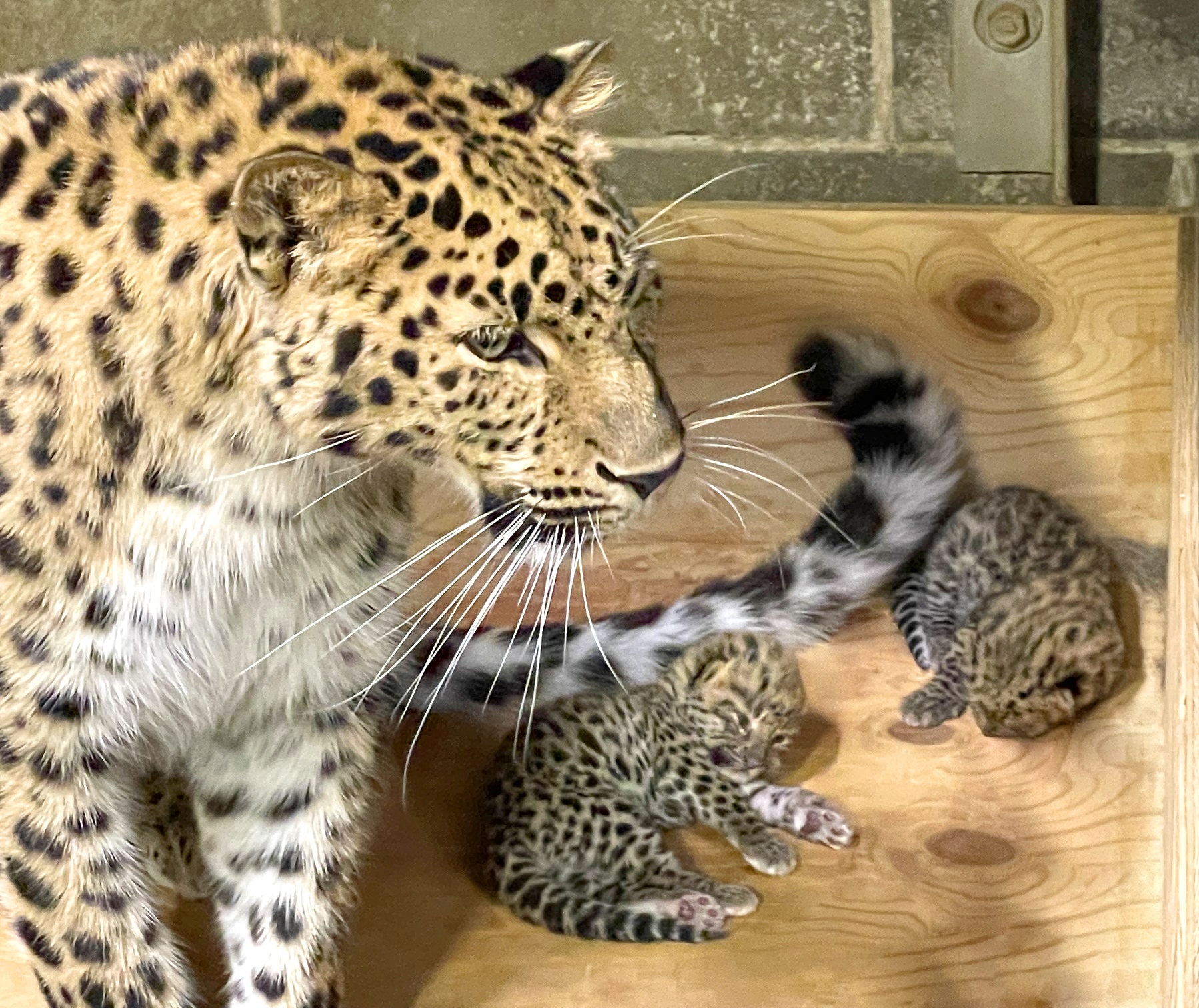There’s something undeniably captivating about leopard cubs. These pint-sized predators are not just adorable bundles of fur but also a glimpse into the raw power and grace of nature’s most elusive big cats. From their playful antics to their incredible survival instincts, leopard cubs are a testament to the wonders of the animal kingdom. If you’ve ever wondered what makes these little hunters so special, you’ve come to the right place.
Leopard cubs are more than just the offspring of one of Africa’s most iconic predators. They represent the future of a species that has adapted to thrive in some of the harshest environments on Earth. But what exactly makes them so fascinating? From their early days in the den to their first steps into the wild, these cubs are a masterclass in survival and adaptation.
As we dive deeper into the world of leopard cubs, you’ll discover the incredible journey they take from helpless newborns to fully-fledged hunters. This isn’t just about cute animals—it’s about understanding the intricate balance of nature and the challenges these cubs face in their quest for survival. So, buckle up, because we’re about to embark on an adventure through the wild world of leopard cubs!
Read also:Vena Sky The Rising Star Of The Digital Age
Table of Contents
- Biography of Leopard Cubs
- The Early Life of Leopard Cubs
- Physical Traits That Set Them Apart
- What Do Leopard Cubs Eat?
- Playtime and Its Importance
- Threats to Leopard Cubs
- Survival Skills They Learn
- Fascinating Statistics About Leopard Cubs
- Conservation Efforts for Leopards
- Wrapping It All Up
Biography of Leopard Cubs
Let’s kick things off by getting to know the stars of our story—leopard cubs. These little ones are born into a world full of challenges, but they’re equipped with an arsenal of skills that make them some of the most resilient creatures on the planet. Below is a quick rundown of their basic stats:
Quick Facts About Leopard Cubs
| Attribute | Details |
|---|---|
| Scientific Name | Panthera pardus |
| Weight at Birth | 500g – 1kg |
| Number of Cubs per Litter | 1-3 (usually 2) |
| Maturation Age | 18-24 months |
| Life Expectancy in the Wild | 10-12 years |
Leopard cubs are born blind and completely dependent on their mothers for survival. They spend their first few months hidden in dens, protected from predators while they grow strong enough to venture out into the wild. It’s a tough start, but one that shapes them into the fierce hunters they’ll eventually become.
The Early Life of Leopard Cubs
The early days of a leopard cub’s life are crucial. Born blind and weighing less than a kilogram, these tiny predators rely entirely on their mother for food, warmth, and protection. For the first two weeks, they remain tucked away in secluded dens, which could be anything from a rocky crevice to a dense thicket.
Why Dens Are So Important
Dens serve as a safe haven for leopard cubs during their most vulnerable stage. They protect the cubs from predators like hyenas, lions, and even other male leopards. Believe it or not, male leopards will sometimes kill cubs sired by rivals to bring the mother back into heat. Talk about cutthroat competition!
As they grow, the cubs begin to explore their surroundings under the watchful eye of their mother. By the time they’re around three months old, they’re ready to leave the den and start learning the ropes of life in the wild.
Physical Traits That Set Them Apart
Leopard cubs may be small, but they’re packed with features that make them truly unique. Their spotted coats provide the perfect camouflage, blending seamlessly with the dappled light of the forest floor. This natural disguise helps them stay hidden from both predators and prey.
Read also:Zoey Brown The Rising Star Whorsquos Capturing Hearts Worldwide
Key Physical Characteristics
- Soft, woolly fur that gradually thickens as they mature
- Distinct rosette patterns that vary depending on their geographical location
- Sharp claws and teeth that develop rapidly to aid in hunting
- Keen senses, including exceptional hearing and smell
These traits not only make them look adorable but also equip them with the tools they need to survive in the wild. It’s like nature’s way of giving them a head start in the game of life.
What Do Leopard Cubs Eat?
When it comes to food, leopard cubs start off with a diet of mother’s milk, which provides all the nutrients they need to grow strong. By the time they’re around three months old, they begin to supplement their milk with meat, usually small prey caught by their mother.
As they grow, their diet expands to include larger animals like antelopes and warthogs. Interestingly, leopards are known for their incredible strength and ability to drag prey weighing up to three times their own body weight up trees. This behavior not only protects their food from scavengers but also teaches their cubs valuable lessons about resourcefulness and strategy.
Playtime and Its Importance
Playtime isn’t just for fun—it’s a crucial part of a leopard cub’s development. Through play, they learn essential skills like stalking, pouncing, and climbing. These activities help them build muscle, improve coordination, and develop the reflexes they’ll need to become successful hunters.
Common Play Behaviors
- Chasing each other through the underbrush
- Battling with sticks and leaves
- Practicing ambush techniques on unsuspecting insects
Watching leopard cubs play is like watching a mini boot camp for future predators. It’s both adorable and awe-inspiring to see how quickly they master the art of hunting.
Threats to Leopard Cubs
Despite their fierce nature, leopard cubs face numerous threats in the wild. From rival predators to environmental challenges, their journey to adulthood is fraught with danger.
Main Threats
- Hyenas and lions, who see cubs as easy prey
- Other male leopards looking to eliminate competition
- Habitat loss due to human encroachment
- Poaching for their beautiful coats
It’s a harsh reality, but one that underscores the importance of conservation efforts to protect these magnificent creatures.
Survival Skills They Learn
Survival in the wild isn’t easy, but leopard cubs are natural-born learners. Under the guidance of their mothers, they acquire a wide range of skills that prepare them for life on their own.
Key Survival Skills
- Stalking and ambushing prey
- Climbing trees to escape danger
- Marking territory with scent and claw marks
- Understanding the dynamics of their environment
By the time they’re around two years old, they’re ready to strike out on their own, armed with the knowledge and skills they’ll need to thrive in the wild.
Fascinating Statistics About Leopard Cubs
Numbers can tell a powerful story, and when it comes to leopard cubs, the stats are both impressive and sobering.
- Only about 50% of leopard cubs survive to adulthood
- A female leopard can give birth every 15-24 months
- Leopards have the largest range of any big cat, spanning across Africa and Asia
- Their population has declined by over 30% in the past few decades
These figures highlight the challenges facing leopard populations and the urgent need for conservation efforts.
Conservation Efforts for Leopards
Thankfully, there are organizations and initiatives dedicated to protecting leopards and their habitats. From anti-poaching patrols to habitat restoration projects, these efforts aim to ensure that future generations can enjoy the beauty of these incredible animals.
One of the most promising initiatives is the establishment of wildlife corridors, which allow leopards to move freely between fragmented habitats. By connecting these areas, conservationists hope to reduce human-wildlife conflict and promote genetic diversity within leopard populations.
Wrapping It All Up
Leopard cubs may be small, but they’re mighty. From their early days in the den to their transformation into skilled hunters, these cubs embody the resilience and adaptability that make leopards such remarkable animals. As we’ve explored in this article, their journey is both fascinating and challenging, highlighting the delicate balance of nature and the importance of conservation.
So, the next time you see a picture of a leopard cub, take a moment to appreciate the incredible story behind those big, innocent eyes. And if you’re passionate about wildlife, consider supporting conservation efforts to help protect these magnificent creatures for future generations.
Got any questions or thoughts? Drop a comment below and let’s keep the conversation going. Who knows, maybe your curiosity will inspire someone else to learn more about the amazing world of leopard cubs!


